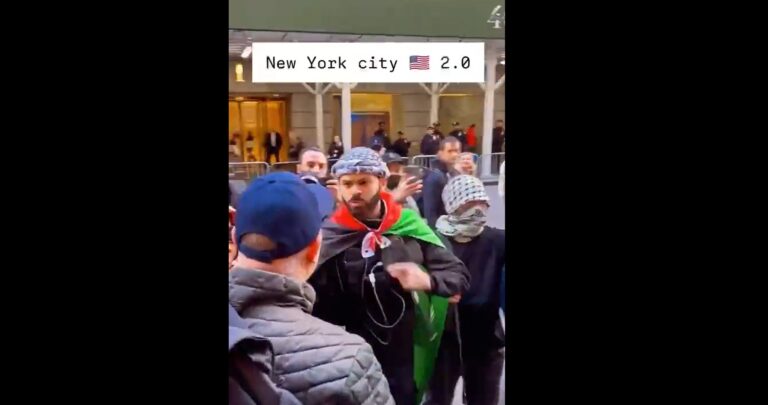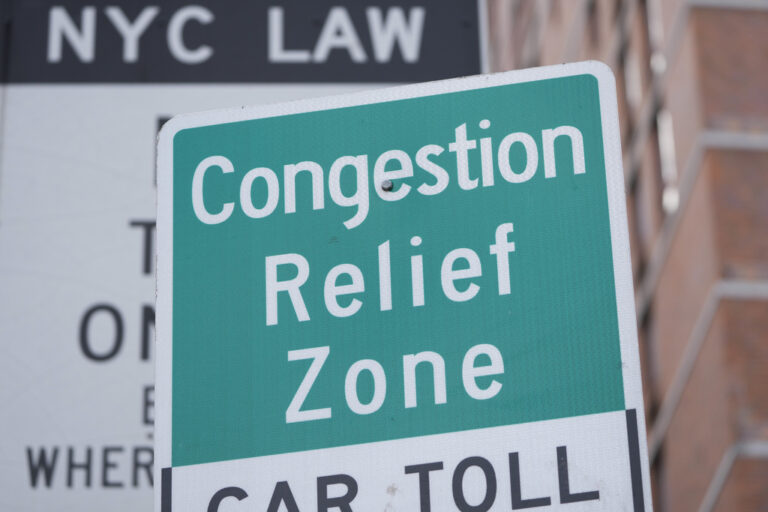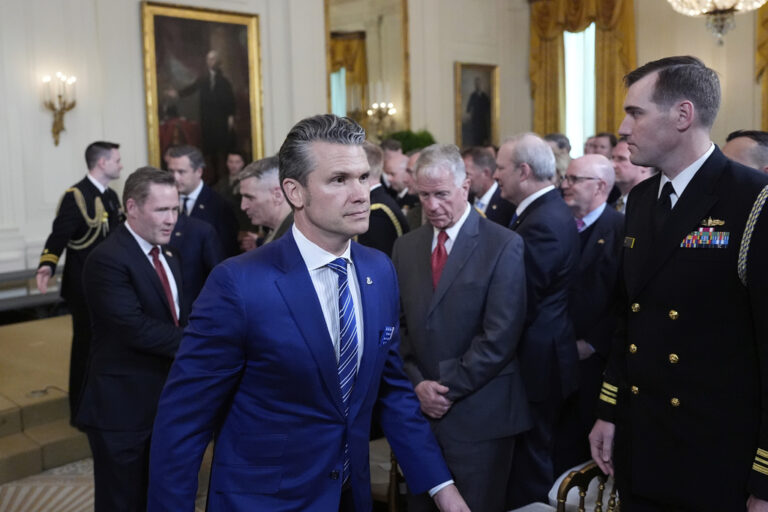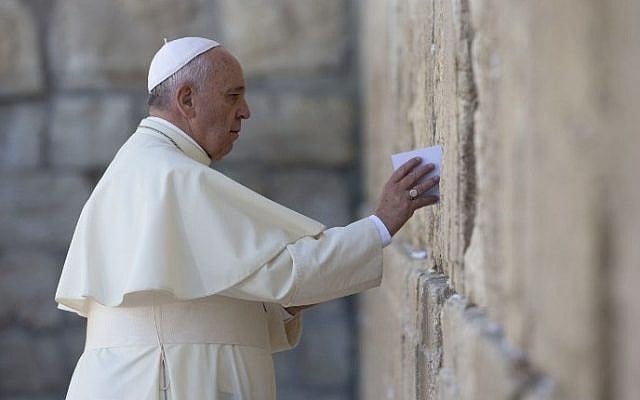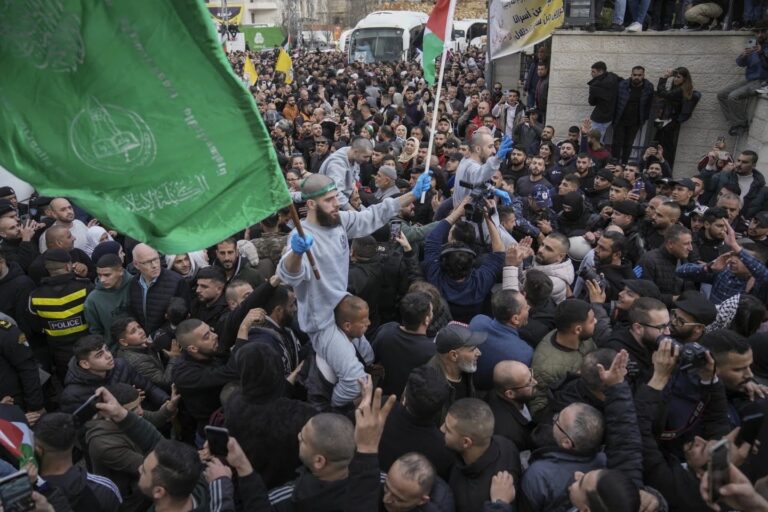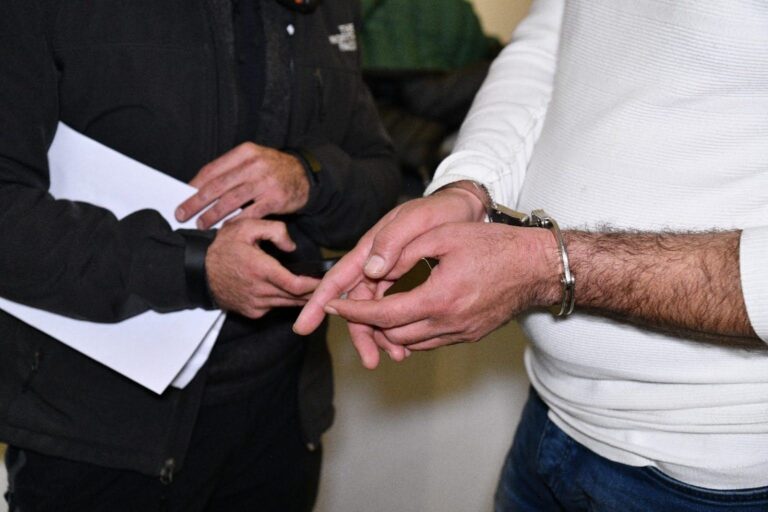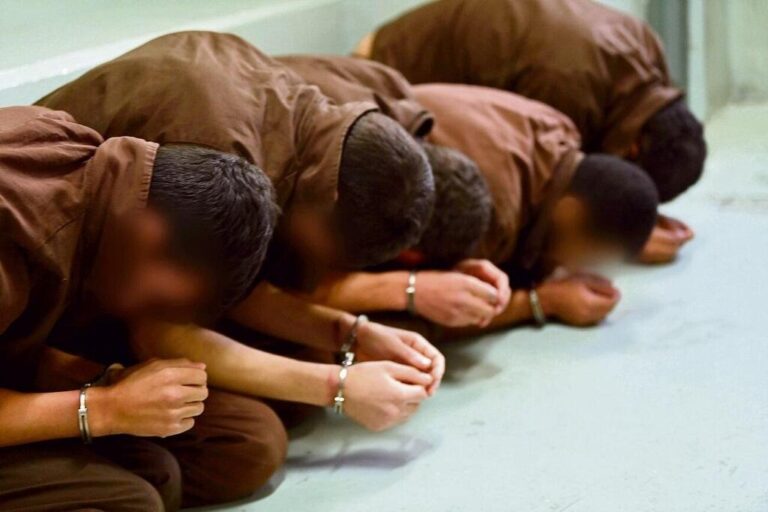 [PHOTO LINK BELOW] For many teens, a trip to Israel is a rite of passage. Between Bar Mitzvahs with families, Yom Tov travel, and the ubiquitous teen tours of every stripe, going to Eretz Yisroel may be no different than visiting relatives in another state.
[PHOTO LINK BELOW] For many teens, a trip to Israel is a rite of passage. Between Bar Mitzvahs with families, Yom Tov travel, and the ubiquitous teen tours of every stripe, going to Eretz Yisroel may be no different than visiting relatives in another state.
There is one group, however, for whom travel to Israel was always a distant dream: teens with serious chronic illnesses and disabilities. For these children, an airplane ride requires clearance from the doctors and the airlines. Wheelchairs must be figured into luggage allowances. Travel is infinitely more complex, so difficult that families considered it impossible.
But the impossible has never stopped Chai Lifeline, the international children’s health support network. And this year, the organization made dreams come true for thirteen chronically ill teens when Wish at the Wall, their annual celebration of life for sick children, was dedicated to teens disabled as a result of illness.
From start to finish, this trip was miraculous,” said Rabbi Simcha Scholar, Chai Lifeline’s executive vice president. “By helping our teens do things that are part of every tour, our staff made the mundane into something truly extraordinary.”
Highlights of the ten-day trip
Motzei Shabbos, January 29: The entire group was privileged to meet Rav Nosson Tzvi Finkel, Rosh Yeshiva of the Mirrer Yeshiva, and the Tolaner Rebbe.
“The kids were simply in awe,” wrote Rabbi Shlomo Crandall, director of Chai Lifeline Midwest. “The Rosh Yeshiva shook the hands of each of the boys and gave them a bracha. The girls and mothers were able to go up to him and give their name for a bracha. The rebbetzin gave each of the girls a bracha as well.”
Sunday, January 30: The group escaped a rainy Jerusalem when they traveled to Masada and the Dead Sea. The cable car at Masada, which the group used to ascend to the top of the mountain, stops several dozen feet short of the summit. Undeterred, the teens pushed themselves up the hill. They were aided by counselors and parents, but all were determined to use their own steam to get to the citadel of Jewish resistance to tyranny and adversity.
“The winds and rain made pushing a little harder, but everyone helped one another,” said Rabbi Crandall.
The second stop was at the Dead Sea, where the teens and the parents accompanying them immersed themselves in the salty water. Floating in the water takes on a whole new dimension for children who can’t walk or whose bodies have been distorted by illnesses. These children were gently carried by counselors, who slowly released their hands when the teens were in the water. In a second, they ceased being ill and were just boys and girls floating. For those minutes, they were normal.
Monday, January 31: The holy mixed with the mundane as the group traveled first to Kever Rachel and then to the Knesset. After praying fervently to Rachel Imanu, the group made new friends among the soldiers guarding the holy site. One of the chayalim exchanged hats with a Chassidic child before his friends snapped a photo. The wheelchair-bound boy beamed in a soldier’s beret, walkie talkie clutched in a palsied hand. Next to him, the chayal put on a black velvet yarmulke and smiled.
At the Knesset the group was treated like the VIPs they are. They sat in a section reserved for foreign dignitaries and listened to the legislators before embarking on a tour of the building. During lunch, the group was greeted by several members of the Knesset, including the vice prime minister and leader of Shas Eli Yisah, Meir Porush, and Moshe Gaffni.
Tuesday, February 1: The magic continued with a desert trip that included camel rides for teens whose normal mode of transport is wheelchairs. Tears rolled down the faces of parents accompanying the group, mothers and fathers who never thought their children would have the opportunity to do something “so normal.”
Wednesday, February 2: The mystical city of Tzfat was the scene of the next hard-won miracle for the group. After walking through the narrow cobblestone streets of the old city, the group descended to the cemetery to visit the gravesites of great sages. Several of the Chassidic boys yearned to immerse themselves in the mikvah of the Ari HaKadosh, but the mikvah is at the bottom of a long stairway. Wheelchairs could never make the journey, so counselors and medics loaded the boys on stretchers borrowed from the local Magen David Adom, and carried the boys down the winding stairs. As they reached the mikvah they rejoiced with the boys, singing and dancing.
“The mikvah is generally known to be freezing, but the counselors who helped the boys noted that the water wasn’t as cold as when they immersed themselves privately,” noted Rabbi Crandall.
Thursday, February 3: Another day for touring and visiting with Eretz Yisroel’s great rebbeim. The group was privileged to meet Rabbi Chaim Kanievsky, who blessed the boys with words of chizuk while the rebbetzin met with the girls and moms. Her warmth was evident as she also gave the girls her blessing. Rabbi Aron Leib Shteinman, formerly the Rosh Kollel of the Ponevezh Yeshiva, also generously gave his time and brachas.
Friday, February 4: Every tour has a shopping day, and this was no exception. The rain couldn’t keep this intrepid group inside: they soaked up the “Geula Scene” as families got ready for Shabbos. Then it was off to a bookstore and Pizza Shai, in the heart of Bais Yisroel, for an authentic “Mirrer lunch experience.”
Wish at the Wall is known for its spirited davening, and this group did not disappoint. Many people joined the group, which davened in the enclosed section of the Kotel, inspired by the heartfelt songs and payers.
Shabbos, February 5: The last day in Israel was filled with spirit and inspiration. The group was given the red carpet treatment at The Great Synagogue, and several of the boys were given kibbudim during the services. Later that afternoon, they gathered for a intimate Shalosh Seudot where participants shared memories of the trip and spoke of the impact that the ten days had on their lives. Then it was back to the Kotel for a final glimpse of the holiest spot in Jewish life, and off to the airport, and home.
“This was a ‘once-in-a-lifetime’ trip not just for the kids and parents, but for everyone connected with Wish at the Wall,” said Rabbi Crandall. “It was an emotional high for everyone to see teenagers who could never make this trip on their own soak up the sights, sounds, and spirit of Eretz Yisroel. They, and we, will never forget it.”
YWN PHOTO LINK: Click HERE for photos.
(YWN Desk – NYC)

